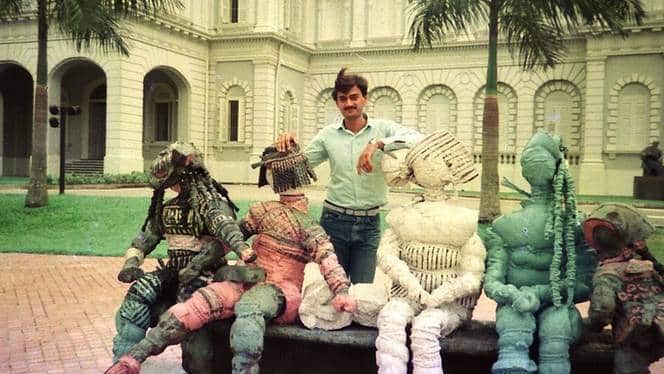Most boys in Lahore go to their rooftops to fly kites when they want to have fun. Others would leave to play street cricket, which is the most popular sport in Pakistan. Amjad Alvi, on the other hand, remained in his room and played about with electrical devices.
“My father wanted me to become a fighter pilot. When I was 10 years old he bought me two books. One was about airplanes and the other about electronic experiments. I just got into electronics,” Alvi mentioned.
He recalls clearly the first time he assembled a crystal radio using instructions and sketches from a how-to book.
“Do you see what I mean by that? With limited resources in Pakistan where it’s difficult to get hold of components, if you had a computer and a bit of imagination, you can do anything.” He said.
Science of Cambridge, a British business, released the Sinclair ZX80 in 1980. Although it wasn’t the first personal computer and consumers complained about its display problems, it had the lowest price of any model to hit the market at 99 pounds, or roughly $230.
My first computer was that one. The fact that it was marketed as a DIY kit was a plus. So that you might learn all there is to know about the computer,” explains Amjad.
Amjad claims that he borrowed the idea of secretly inserting a code into a computer from other programmers and modified it, just like he did with the crystal radio and the unit program.
Like Over the years, he has accomplished a lot, including building his in the US, making natural antibiotics, managing a cybersecurity company, and foraying into the cryptocurrency industry.
His opinion on the Brain hasn’t changed, either.
“(The) first virus was the Pakistani Brain. Trust me. There were no viruses before. The word had not even been invented. No one was discussing it or writing about it or considering it. It was not an idea that could come into your brain if you had not seen it.”


